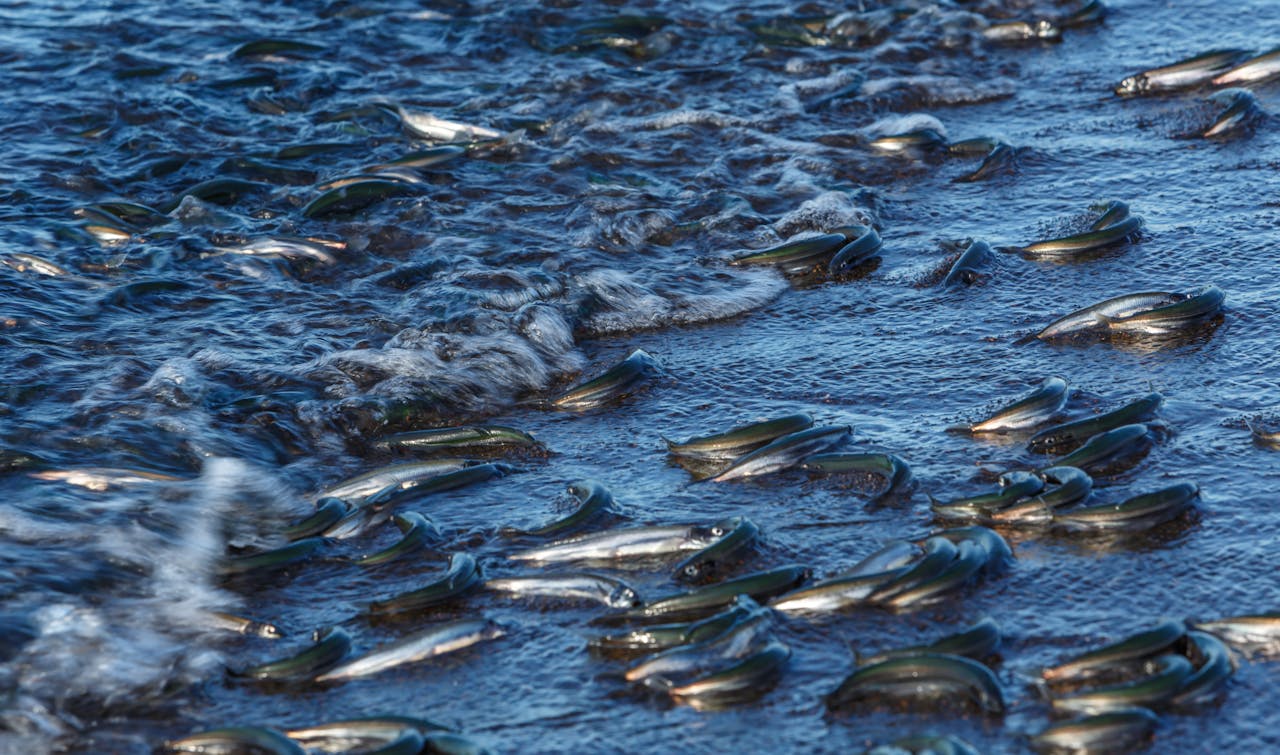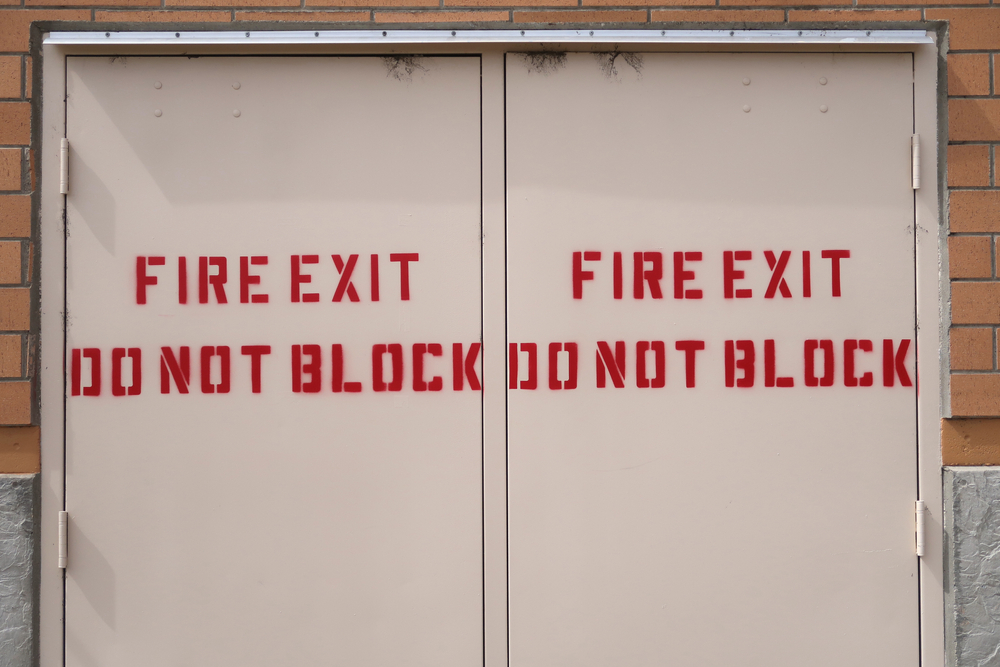Dark Food History
Food sustains us, but in these horrifying cases, food was at the center of some of history's worst disasters.

The Great Mill Disaster
In 1874, the largest flour mill in the world operated thanks to the power of the Mississippi River. Constructed by Cadwallader Washburn, the mill created many jobs for folks in Minneapolis, employing over 200 men.
But it was destined for tragedy.
 Matt Shiffler Photography, Shutterstock
Matt Shiffler Photography, Shutterstock
The Great Mill Disaster
Sadly, just four years later, the flour mill exploded. The fateful day was May 2, 1878. The sound of the explosion was earth-shattering, heard by people miles away. The consequences were devastating.
The Great Mill Disaster
The seven-story flour mill was utterly wrecked. The explosion also ruined other mills in the vicinity.
But the worst part of all was that 14 workers tragically lost their lives during the night shift. However, this was only the beginning.
The Great Mill Disaster
The explosion led to a raging fire that moved so quickly, the firefighters didn't stand a chance. Four more people lost their lives as more buildings caught fire.
But what caused this disaster in the first place?
The Great Mill Disaster
The flour mill explosion all came down to a single spark. The dry millstones that moved against one another caused it. However, it was the flour dust that sealed its fate.
The Great Mill Disaster
Surprisingly, flour dust is even more combustible than coal dust.
The particles were in such close proximity that a single spark caused a chain reaction. However, in the midst of all this grief and loss, there was silver lining.
The Great Mill Disaster
This accident changed the way Cadwallader Washburn made his flour mills. From then on, they were much safer.
Today, most mills use "explosion-proof" motors to prevent a disaster like this from ever happening again.
Burning Cheese In Norway
In 2013, a tunnel in Norway was out of service for days due to a strange fire. A truck carrying sweet goat cheese blocked a road tunnel after going up in flames—and it was not an easy blaze to extinguish.
Burning Cheese In Norway
Firefighters had to battle the flames for five days before they resolved the disaster. Luckily, nobody was injured.
However, the cheese fire was so powerful, it severely harmed the road tunnel—so much so that geologists had to do a safety check.
But why was this cheese so flammable?
Burning Cheese In Norway
This flammable cheese wasn't your average cheese. It was "brunost"—a sweet goat cheese. The process of making brunost differs from other cheeses.
It is also the reason it can be so dangerous.
Burning Cheese In Norway
When making brunost, the curds are thrown away and the whey gets boiled. This turns into an extremely sweet solid. The cheese is very fatty and high in sugar, which makes it able to burn almost at the same degree as gasoline.
Hawaii's Molasses Spill
In 2013, a molasses pipeline in Hawaii led to a major disaster.
The pipe transferred molasses onto cargo ships, but it wasn't sound and began leaking. As a result, 233,000 gallons of molasses spilled into the Honolulu Harbor.
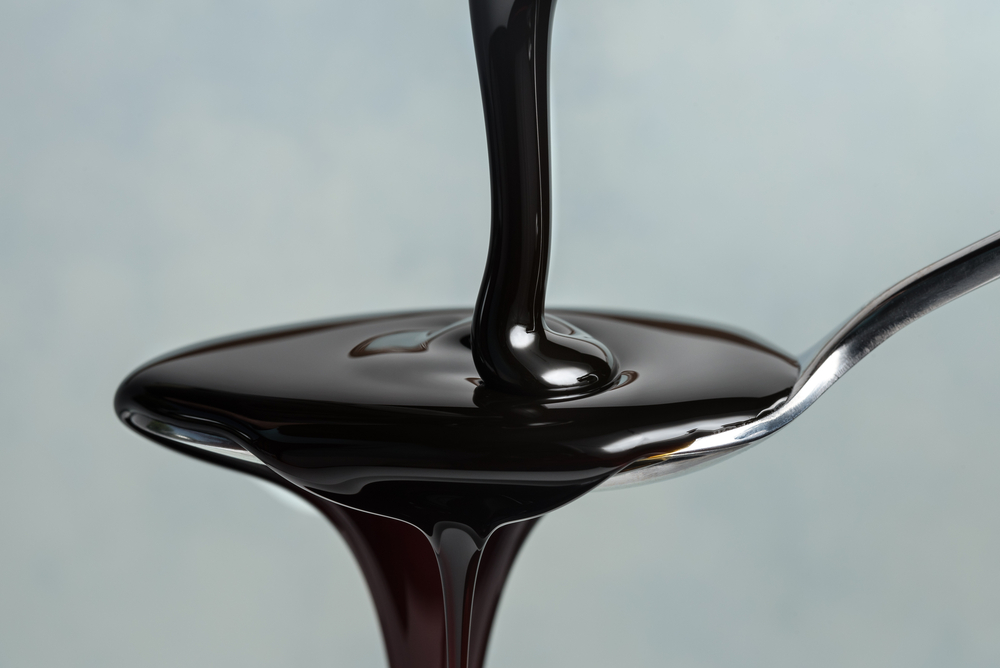 Michelle Lee Photography, Shutterstock
Michelle Lee Photography, Shutterstock
Hawaii's Molasses Spill
This molasses spill caused unthinkable damage. It sank to the bottom of the harbor. But when divers went down to investigate, they made a disturbing discovery:
"Everything down there is dead".
Hawaii's Molasses Spill
The harbor became a death zone for any creatures that once dwelled in its depths: eels, crabs, fish, etc. But that was only the tip of the iceberg.
Hawaii's Molasses Spill
You see, molasses was a difficult pollutant to clean up as it just dissolved into the water, smothering the wildlife. Experts believed that the levels of bacteria would rise and predators would likely be drawn to the site of the spill.
Hawaii's Molasses Spill
The location of the molasses spill was also an important detail. The Honolulu harbor would take longer to clean than if the molasses had leaked into the open ocean. There, the environment's natural mechanisms would have sped up the restoration process.
 CrackerClips Stock Media, Shutterstock
CrackerClips Stock Media, Shutterstock
Tons Of Tapioca
In 1972, an unforeseen disaster took place in Cardiff, Wales.
A freighter named Cassarate had been nursing a minor fire on board for 25 days. The crew just couldn't manage to completely smother it. But when they docked in Cardiff, the situation took a jaw-dropping turn.
 Julian Nyča, CC BY-SA 3.0, Wikimedia Commons
Julian Nyča, CC BY-SA 3.0, Wikimedia Commons
Tons Of Tapioca
You see, Cassarette had been transporting tapioca—1,500 tons of it. When firefighters aimed their hoses at the ship's fire, they provided the perfect environment for the tapioca to cook. And what happens when you cook tapioca?
Well, it expands.
 Shijan Kaakkara, Wikimedia Commons
Shijan Kaakkara, Wikimedia Commons
Tons Of Tapioca
The tapioca began to swell inside the ship, so much so that the hull just couldn't contain it anymore. Workers had no choice but to start emptying the shift of tons of tapioca so that the ship didn't sink.
 International Institute of Tropical Agriculture, Flickr
International Institute of Tropical Agriculture, Flickr
A River Of Whiskey
On June 18, 1875, Dublin experienced a flood unlike any other.
The storehouse of Malone's malt house seemed sound at 4:45 pm—but just hours later, disaster struck.
 South Dublin County Libraries, Wikimedia Commons
South Dublin County Libraries, Wikimedia Commons
A River Of Whiskey
A fire had started. Not only that, but the flames were moving through the city, borne on a tide of whiskey. The storehouse had held 5,000 barrels of the drink, so the resulting deluge flooded the streets.
 FERNANDO MACIAS ROMO, Shutterstock
FERNANDO MACIAS ROMO, Shutterstock
A River Of Whiskey
Facing down this whiskey flood was difficult.
Firefighters were worried that dousing the flames would only exacerbate the problem. Instead, they used manure and sand to set up firebreaks.
A River Of Whiskey
It took a while for the whiskey to finally be stopped by the mountains of manure. Thankfully there were very few fatalities. However, it was the main cause of death that was the most bizarre part of all—alcohol poisoning.
A River Of Whiskey
It seemed that not everyone viewed a river of flaming whiskey as a disaster.
Some folks thought it was the perfect opportunity to stock up. Even some of the storehouse stock had mysteriously vanished.
13 people lost their lives due to whiskey-related reasons.
Lebanon's Grain Tragedy
In 1972, hospitals in Lebanon grappled with an awful tragedy. Doctors had to treat hundreds of patients with chilling symptoms:
Lebanon's Grain Tragedy
You see, Lebanon had been threatened by an impending famine. To address this concern, the government had turned to a Mexican company for a productive wheat crop called Mexipak.
This turned out to be a terrible mistake.
Lebanon's Grain Tragedy
As the seeds had to travel a long way, they were preserved with a mercury-based fungicide. Though the seeds could be planted, they were not safe for consumption. The labels on the seeds confirmed this. However, the warning's language was in English and Spanish.
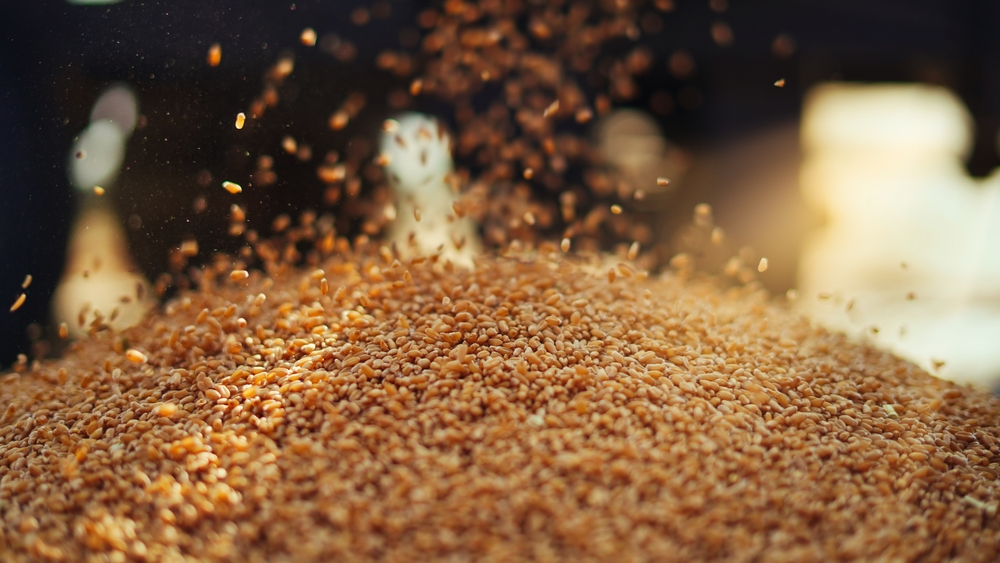 Azay photography, Shutterstock
Azay photography, Shutterstock
Lebanon's Grain Tragedy
When the seeds finally arrived, the appropriate time for planting them had already gone by. In order to use the seeds, the farmers began feeding it to their animals. The animals seemed healthy enough after consuming the seeds, so farmers concluded it would be safe for humans to eat as well.
.. but they were so wrong.
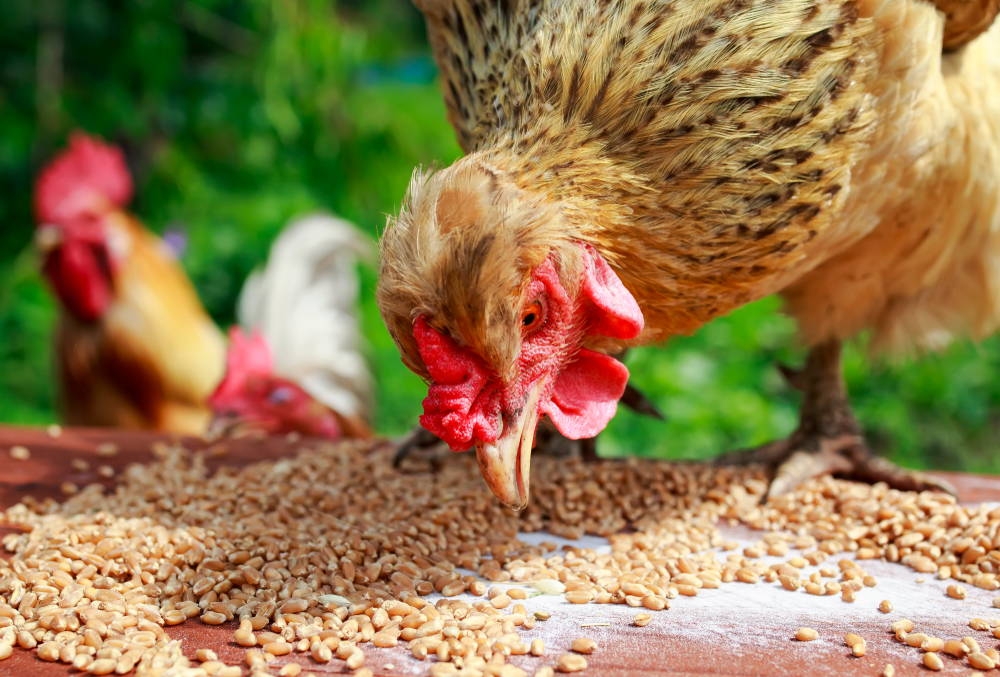 Bachkova Natalia, Shutterstock
Bachkova Natalia, Shutterstock
Lebanon's Grain Tragedy
What the farmers didn't take into account was that mercury has a delayed response in animals. As a result, hundreds of people who ate the wheat seeds lost their lives, while thousands experienced irreversible brain damage.
The Chicken Processing Plant Fire
On September 3, 1991, a horrific fire in Hamlet, North Carolina occurred at a chicken processing plant.
The scope of the industrial disaster was unlike anything the state had experienced before.
The Chicken Processing Plant Fire
The fire began when a hydraulic line broke close to one of the fryers. The plant went up in flames, but initially, firefighters had no clue that there were workers still trapped inside.
The Chicken Processing Plant Fire
Turns out, the operations manager, Emmett Roe, had made the decision to lock the emergency exits from the outside. He did this because he was worried about theft.
But when the fire began, it turned into the worst mistake imaginable.
The Chicken Processing Plant Fire
The chicken processing plant was 11 years old and yet had not undergone appropriate safety inspections. For one, the locked exits would have been a major violation.
The Chicken Processing Plant Fire
Those who witnessed this horror show claimed that they could hear the workers screaming from inside the plant. But when the fire was finally extinguished, they made another twisted discovery.
The Chicken Processing Plant Fire
The trapped employees had tried desperately to escape—and their footprints were found on the exit doors. They had tried and failed to kick them down.
There were 25 fatalities, and 56 people injured.
 Everett Collection, Shutterstock
Everett Collection, Shutterstock
Cedar Rapids' Corn Starch Explosion
On May 22, 1919, Cedar Rapids became the site of a food-related disaster. That night, a fire started at the Douglas Starch Works.
The factory's corn starch didn't stand a chance. The explosions were catastrophic.
 Real Window Creative, Shutterstock
Real Window Creative, Shutterstock
Cedar Rapids' Corn Starch Explosion
The fire led to explosions that were so powerful—they reverberated throughout the town, shattering windows. The human cost was chilling. 43 workers lost their lives, while 30 sustained injuries.
Cedar Rapids' Corn Starch Explosion
One of the saddest losses was undoubtedly the story of a child who'd been fatally thrown from a couch. But this incident created a chilling ripple effect.
The consequences were far-reaching.
Cedar Rapids' Corn Starch Explosion
People in Cedar Rapids depended on the factory, which was the largest starch company in the world. It was the main source of employment. And in the wake of the tragedy, families were utterly ruined. As well, the blast damaged 200 homes.
Cedar Rapids' Corn Starch Explosion
As Cedar Rapids began trying to claw their way back to normalcy, neighboring communities provided heart-wrenching support.
They wanted to help rebuild. There were so many helpers that local restaurants experienced a food shortage.
Commenting on the recovery process, a local paper noted, "One thing that may reconcile us to being human [...] is the essential compassionateness of man".













